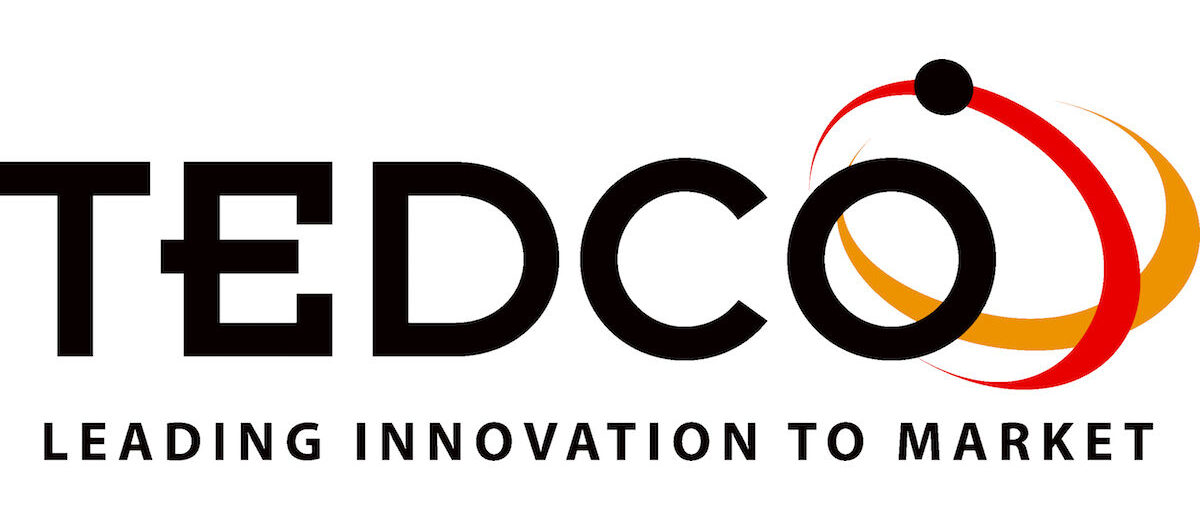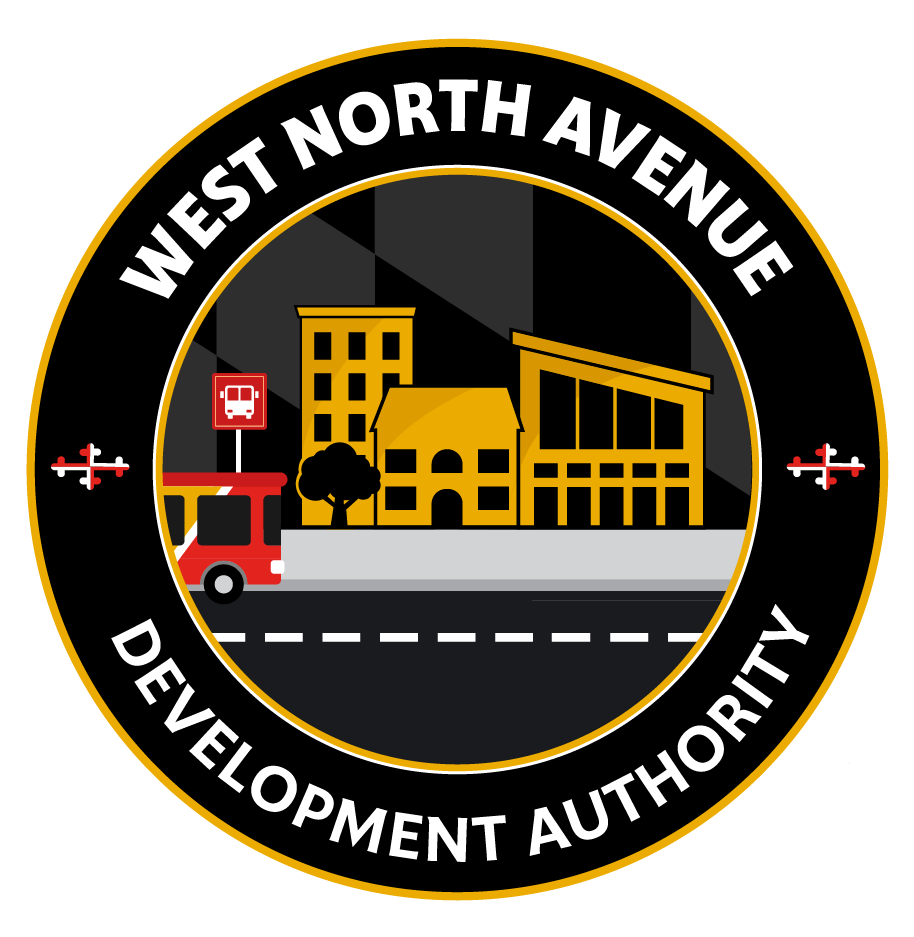Guest Blog: “Regional Initiatives (Ignite-style presentations)” Recap
This blog was written by Janel Spencer, Business Development Specialist, Frederick County Office of Economic Development
Economic development is never a one-person show; it’s a team sport. Educators, entrepreneurs, public-sector champions and community advocates all pitch in, juggling constant shifts to make progress. At this year’s MEDA Annual Conference, seven “ignite-style” presentations proved exactly that, as Maryland leaders from Wor-Wic Community College to the Eastern Shore AHEC shared how they’re pooling resources, expertise and vision to tackle challenges in trades training, workforce design, downtown revival, renewable energy, waterborne transit, farm innovation and youth healthcare pathways.
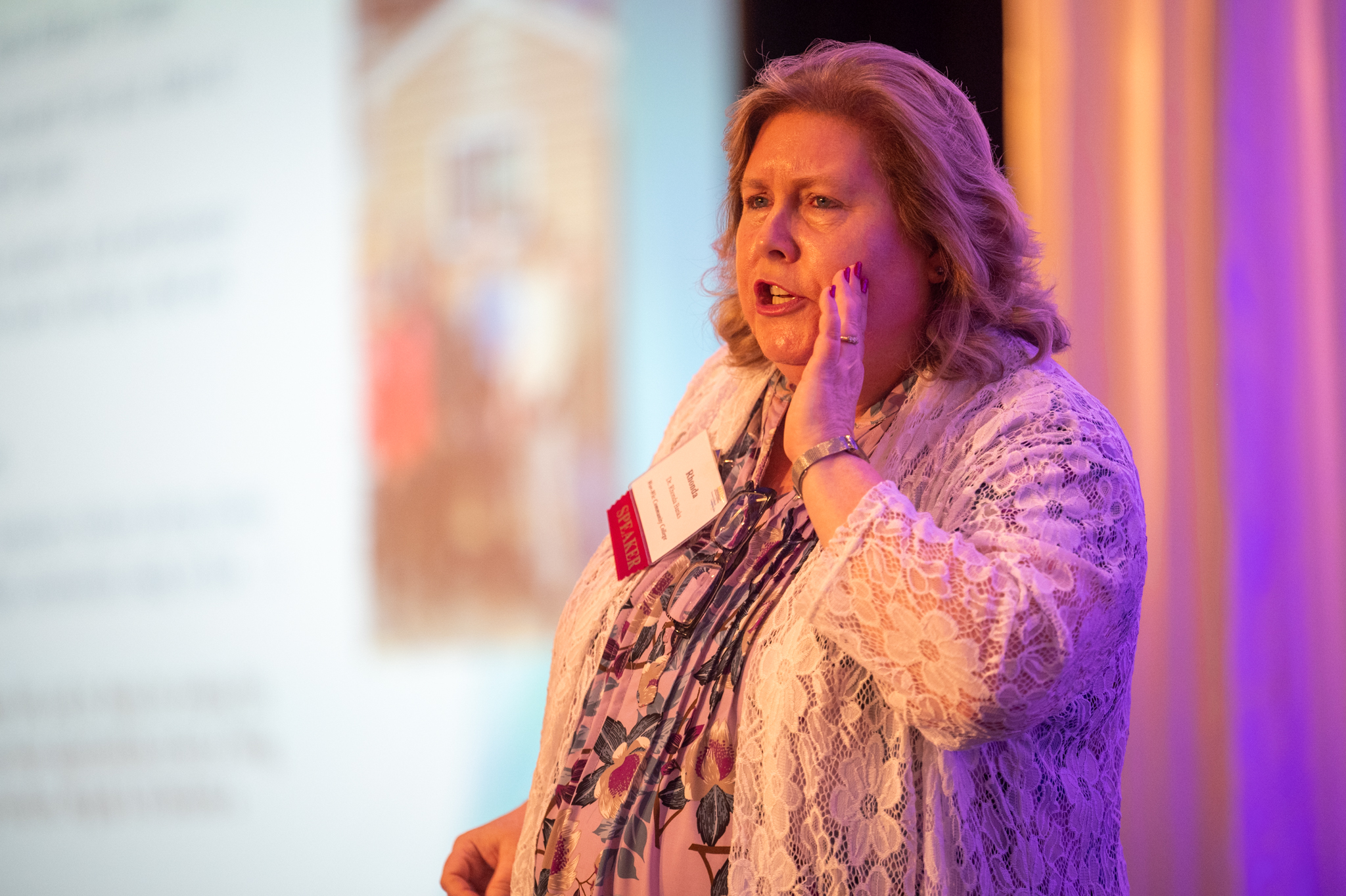
Dr. Rhonda Banks kicked things off by describing Wor-Wic’s Powerline Worker Pre-Apprenticeship, a three-tiered pipeline that “ensures no lineman is left behind.” Over 72 hours of hands-on labs and troubleshooting exercises, both new entrants and incumbent utility workers earn industry credentials. Equally important, they gain a sense of pride when they cross the stage at a graduation ceremony attended by their future employers.
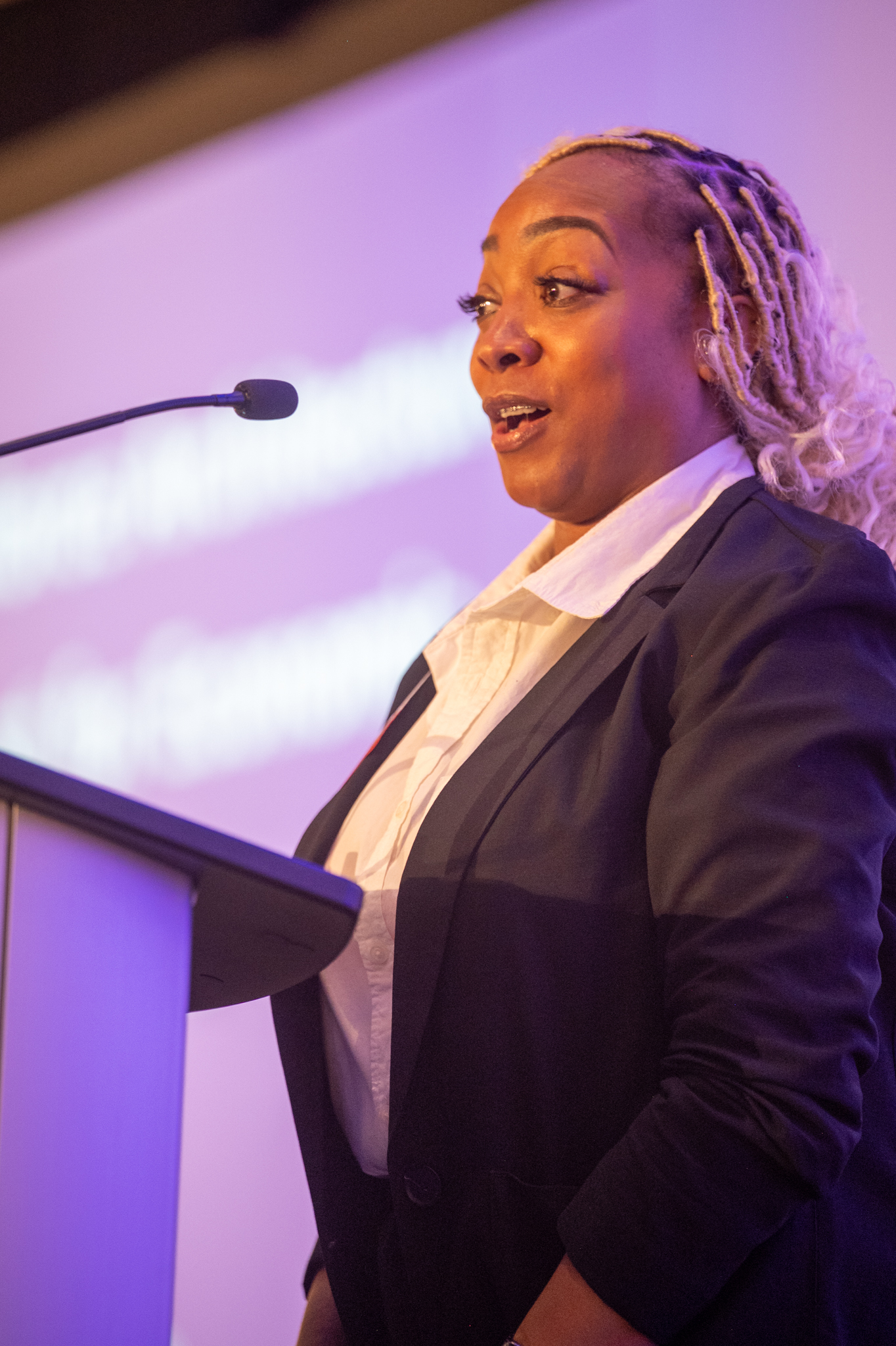
From there, Antionette Forte of Fearless offered a road map for any organization wrestling with rapid change: “Workforce architecture offers greater organizational agility and resilience to change by aligning the skills people need with the business goals they support.” Her five pillars comprise skills-first structures, embedded learning, and AI-enabled processes. Together, they show how data-driven role design can lower outsourcing costs, boost employee engagement, and keep businesses nimble.
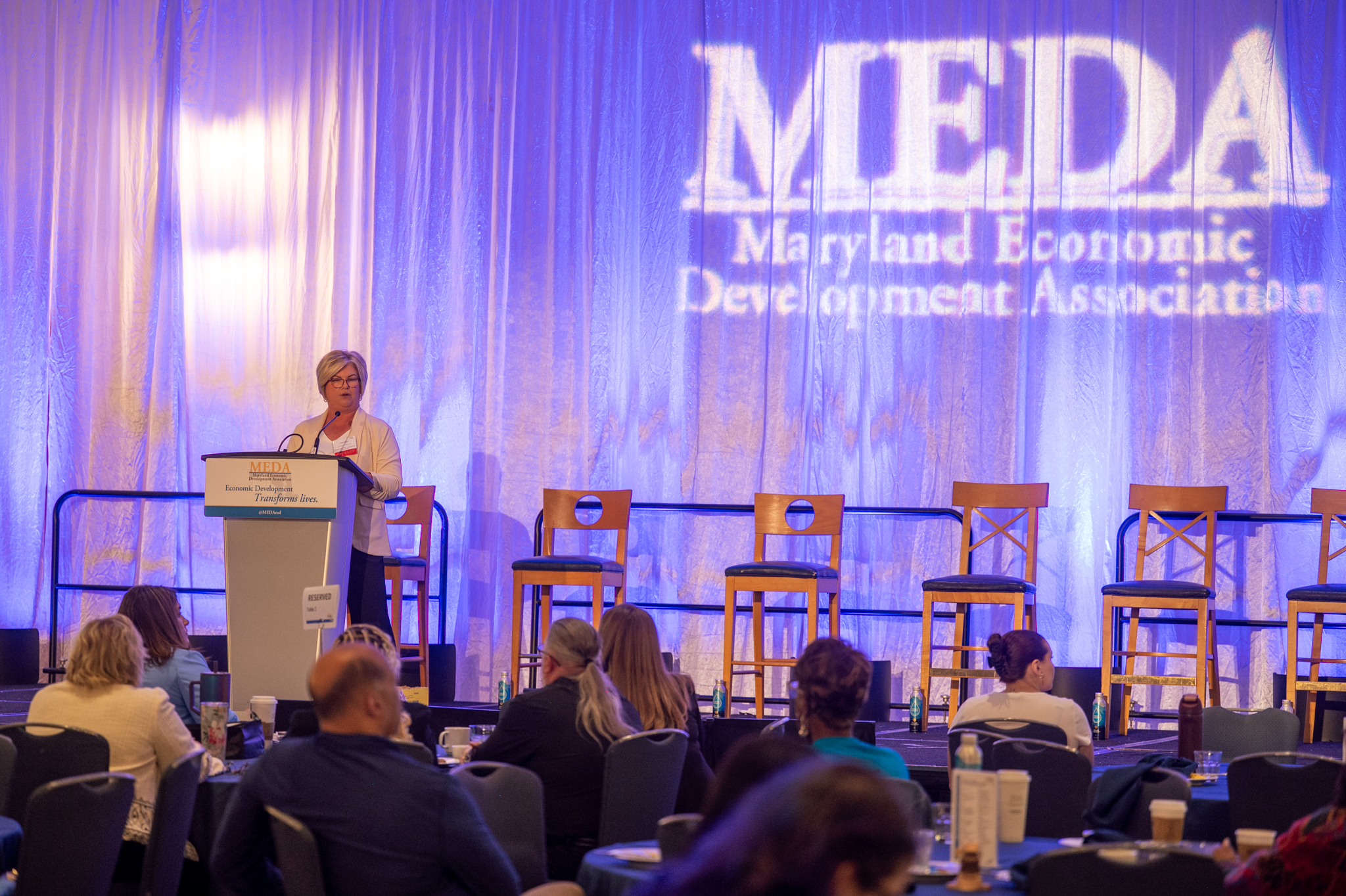
Christine McPherson of MD DHCD then reminded us that downtown revitalization is at its best when no town goes it alone. Since 1990, Main Street Maryland has guided 34 historic centers through a proven Four-Point Approach, but in 2024, the real multiplier came from “cohorts” of neighboring communities sharing branding, vendor pools and event calendars. “Why regional collaboration?” she asked. “It’s an opportunity for shared resources and solutions. A unifying region has more influence on advocacy, funding, and policy decisions.”
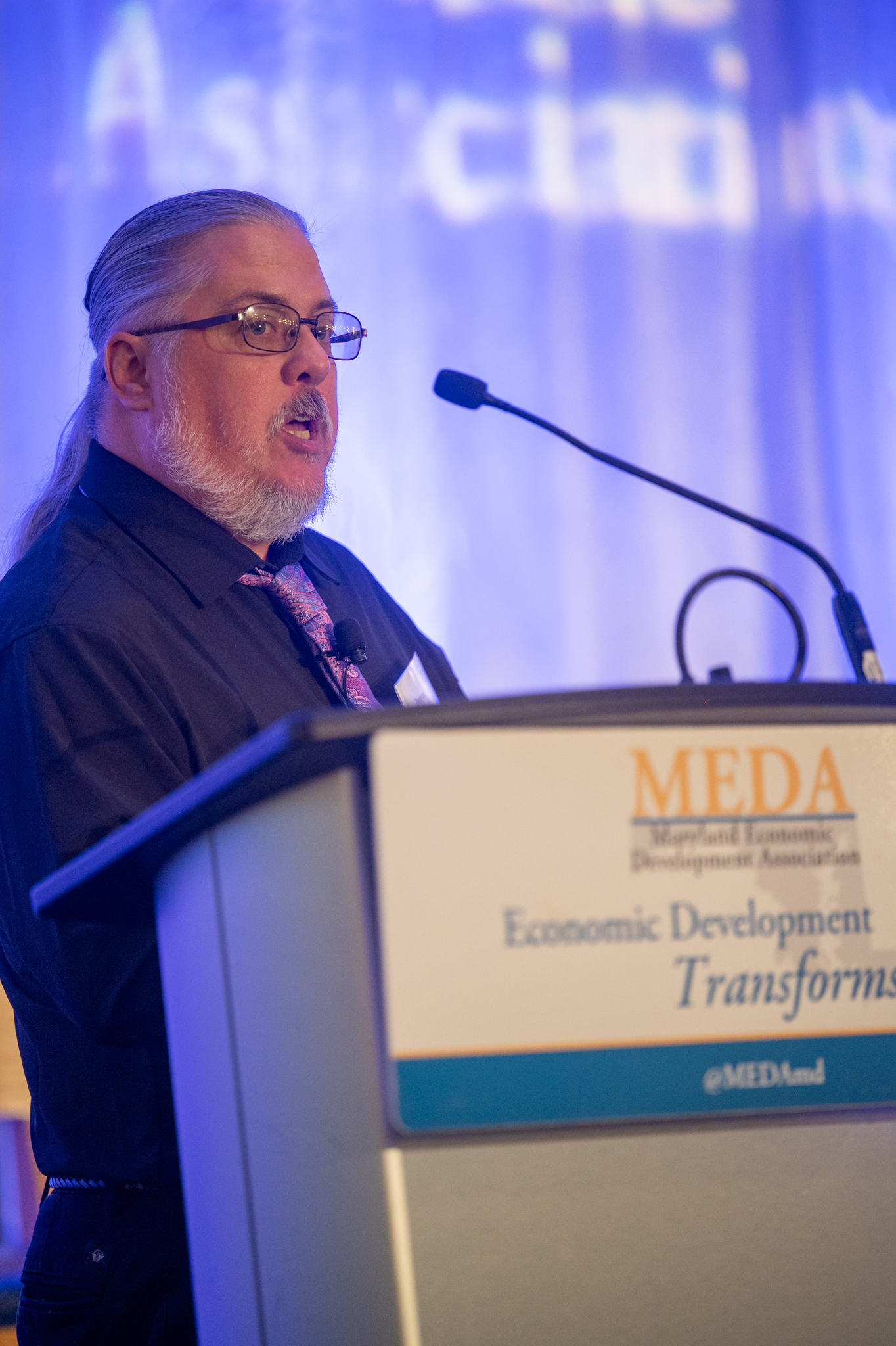
Next up was Dwayne Murphy from Maryland New Directions, who urged us to prepare for the offshore wind boom. He’s building a two-tier training continuum. Tier 1 covers commercial driver’s licenses and OSHA; Tier 2 offers advanced welding and electrical labs. “We’re positioning our workforce today for those future wind-industry needs,” he explained. With as many as 40,000 new tradespeople needed over the next decade, these public–private partnerships with community colleges, unions, and the Department of Labor are essential.
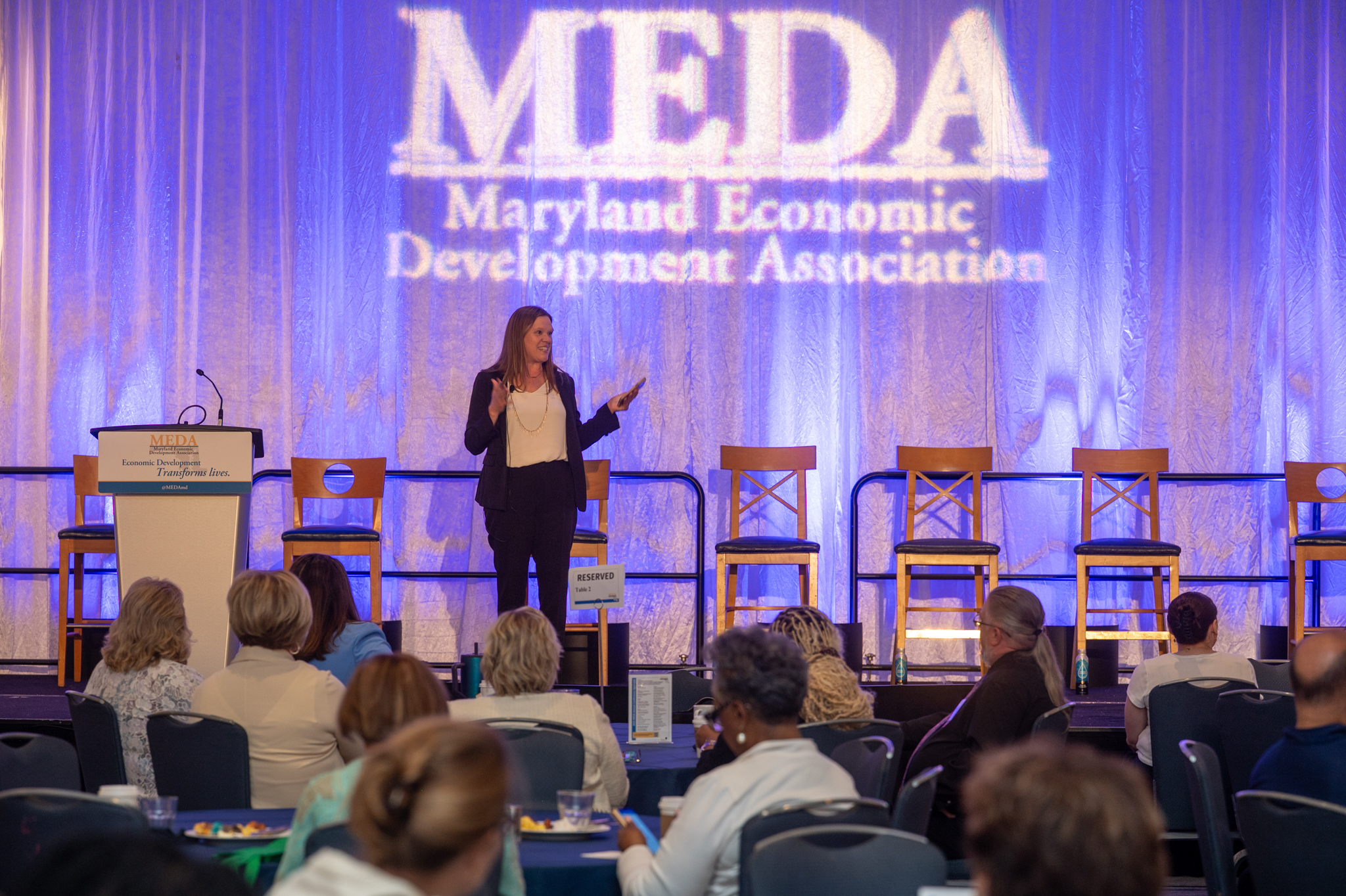
Kristen Pironis of Visit Annapolis shifted the conversation from land to water, describing a multi-county feasibility study for an electric ferry network stretching from Kent Island to Annapolis and beyond. After a 200-rider pilot in summer 2023, she captured the essence perfectly: “We don’t just want to sell tchotchkes and trinkets—we want to create stories and memories that visitors will remember long after they leave.” Extending visitors’ stays via a scenic commute could be the next big win for shoreline tourism.
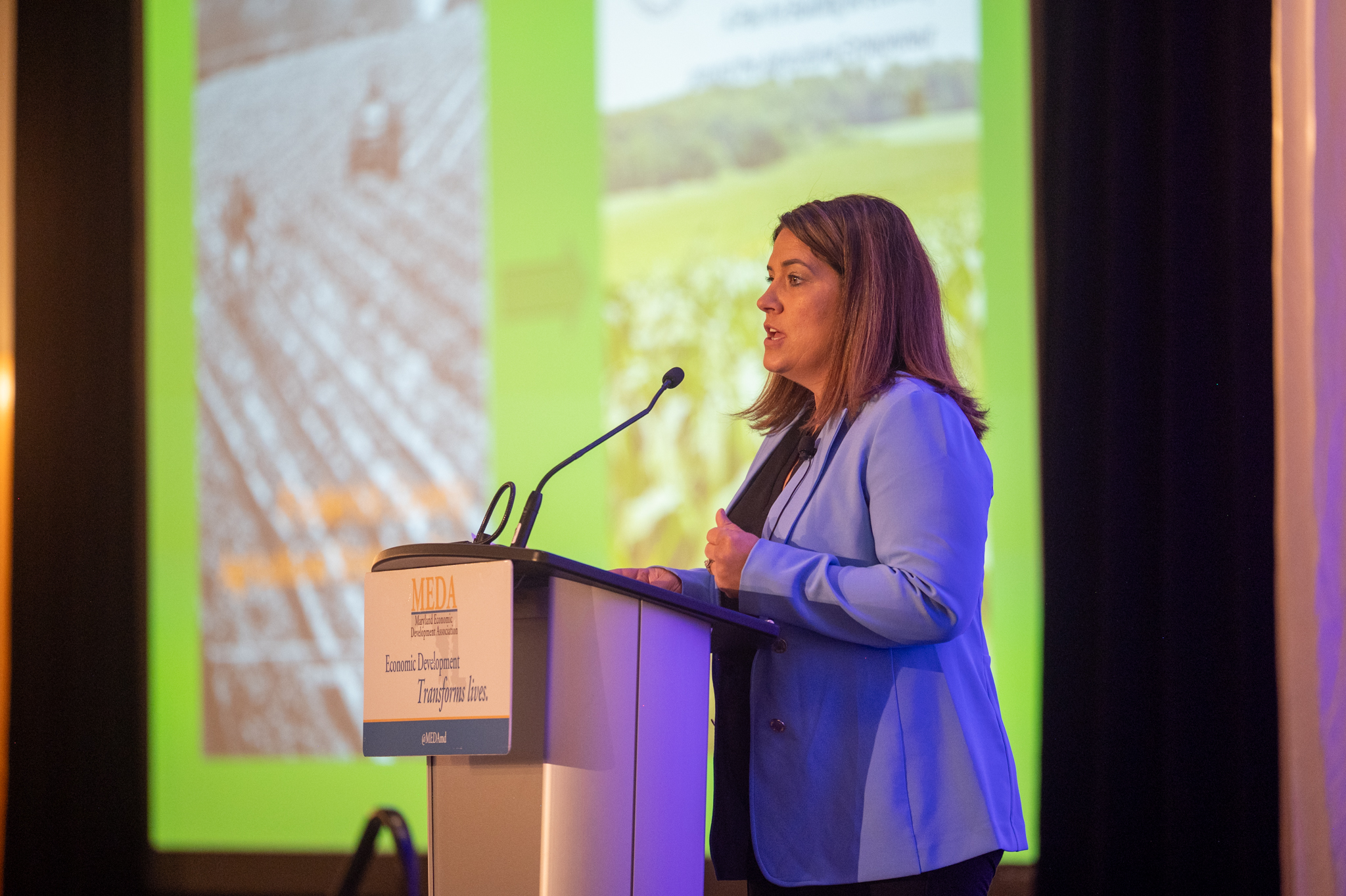
Then Katie Stevens from Frederick County’s Office of Agriculture transported us to the retail side of farming. Her proposed regional Farm Retail Innovation Center will teach farmers how to “turn a $3 bunch of carrots into a $6 experience,” with hands-on merchandising labs, test kitchens, packaging workshops and shared logistics hubs. By weaving technical assistance with marketing training, the Center aims to uplift both multigenerational dairy operations and emerging specialty growers under one collaborative roof.
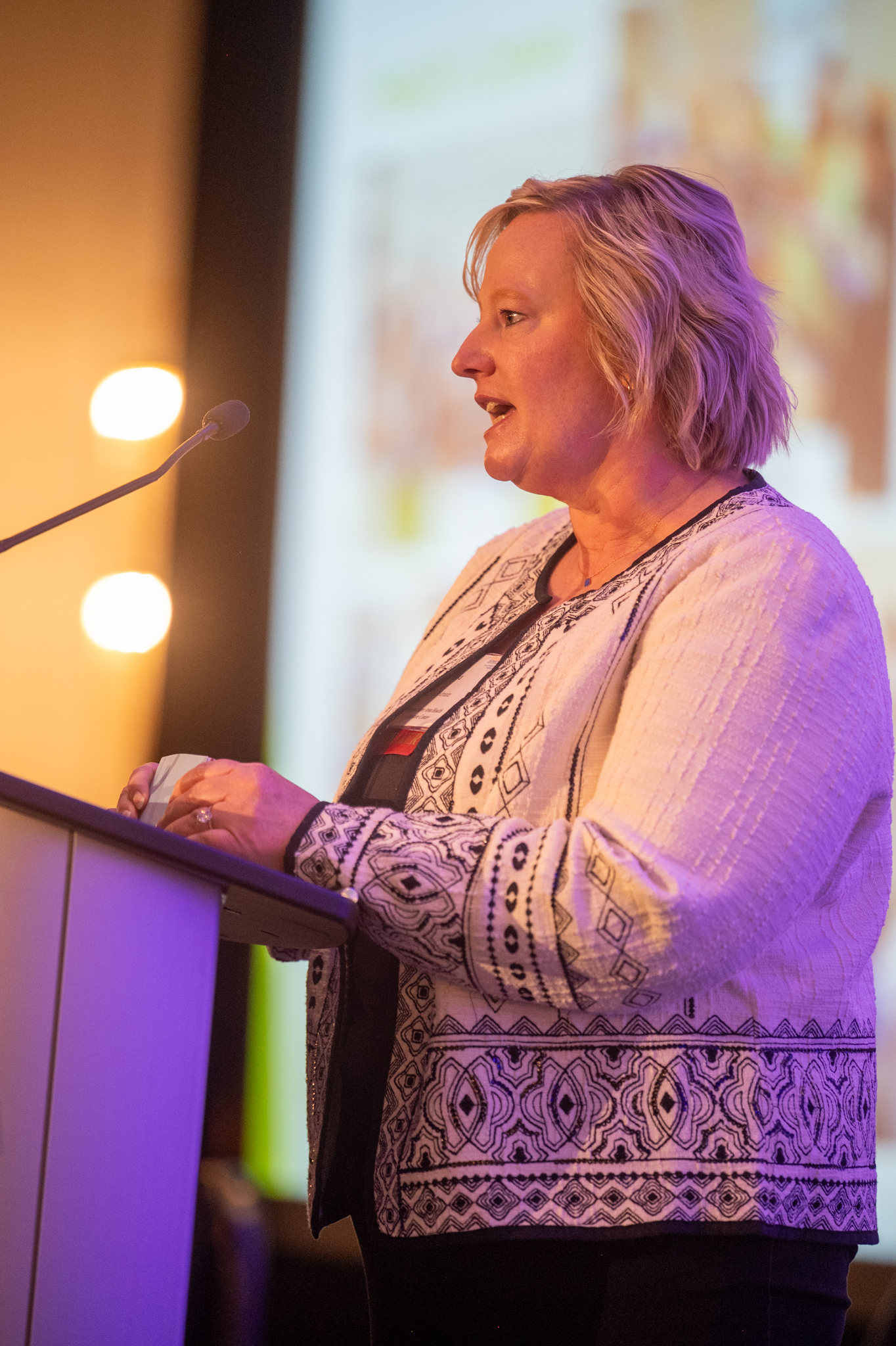
Finally, Lisa Widmaier of Eastern Shore AHEC closed the morning with a blueprint for seeding rural healthcare careers. From middle-school dissections to med-student rural preceptorships, DOL-funded CNA apprenticeships and a 100-hour Community Health Worker certification, her team has already reached 511 students in 2024 alone. “Studies show that addressing unmet social needs through community health workers can improve health outcomes and actually cut overall healthcare costs,” she noted. It’s a reminder that workforce pipelines start long before graduation day.
Together, these seven presenters underscored a simple truth: when counties, colleges, companies and nonprofits align behind shared goals, they multiply one another’s impact. Whether you’re training lineworkers or engineering ferry routes, Maryland’s most ambitious projects succeed not because of a lone hero, but because so many heroes show up ready to play their part. In the end, economic development remains the ultimate team sport; let’s take the playbook from this session and bring such a collaboration roster to every community in Maryland.


